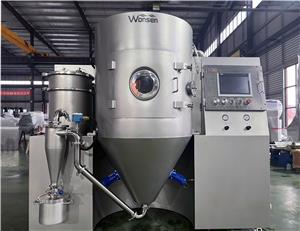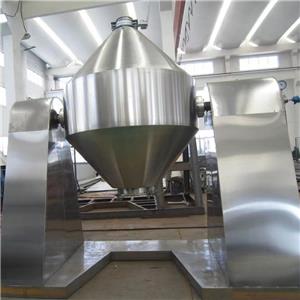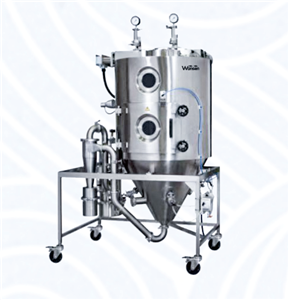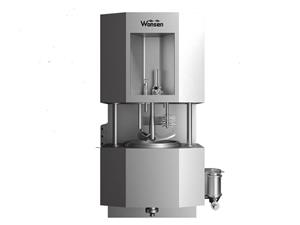Introduction of high containment equipment and technology
Introduction of high containment equipment and technology
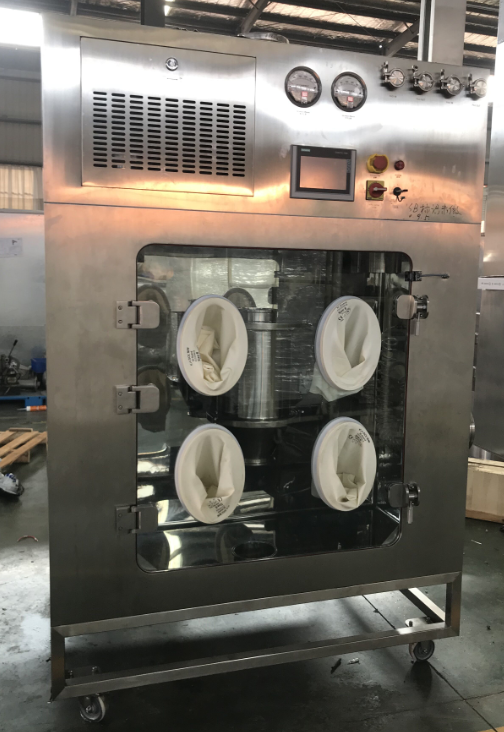
Isolator batching station
Generally speaking, in the pharmaceutical formula of the high containment production line, the material which is not harmful to human body accounts for the vast majority. These materials can be directly added to the hopper using the dust-free feeding station. The material that is harmful to human body needs to be unbagged, weighed and fed in the isolator.
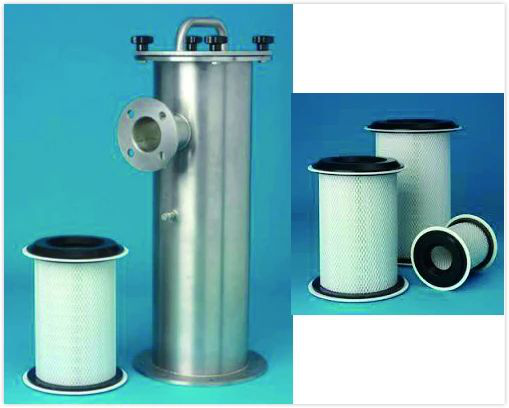
push-push filter
The isolator is equipped with an inlet fan and an exhaust fan to adjust the pressure in the working chamber in real time, creating a "micro negative pressure" state in the isolator to maintain the pressure ladder with the production environment. The air volume of the isolator is small, and the air exchange in the clean room is generally carried out by the way of air intake/exhaust, so the requirements for the filter are higher, and the efficient bucket filter with "push-push" structure is usually used. The filter of this structure can be replaced in clean rooms with simple operation, which makes it ideal for use in equipment with low air volume such as isolator batching stations.
The operating surface of the isolator is equipped with one or more glass operating doors sealed with air bags, and will be equipped with multiple operating gloves according to customer requirements such as unpacking, weighing and feeding, so as to facilitate the safe operation of the internal equipment and materials outside the isolator. The side or bottom of the isolator is provided with a continuous bagging device or quick transfer interface (RTP) for the transfer of waste/bags during operation.

RTP valve
In the production of solid preparations, hopper turnover materials are commonly used, so it is necessary to configure a splitter valve (also known as SBV, αβ valve, etc.) on the isolator for docking the hopper. The splitter valve is usually installed below the isolator.
Isolator technology can be used not only for batching and feeding, but also for other highly containment equipment that requires manual intervention during production.

